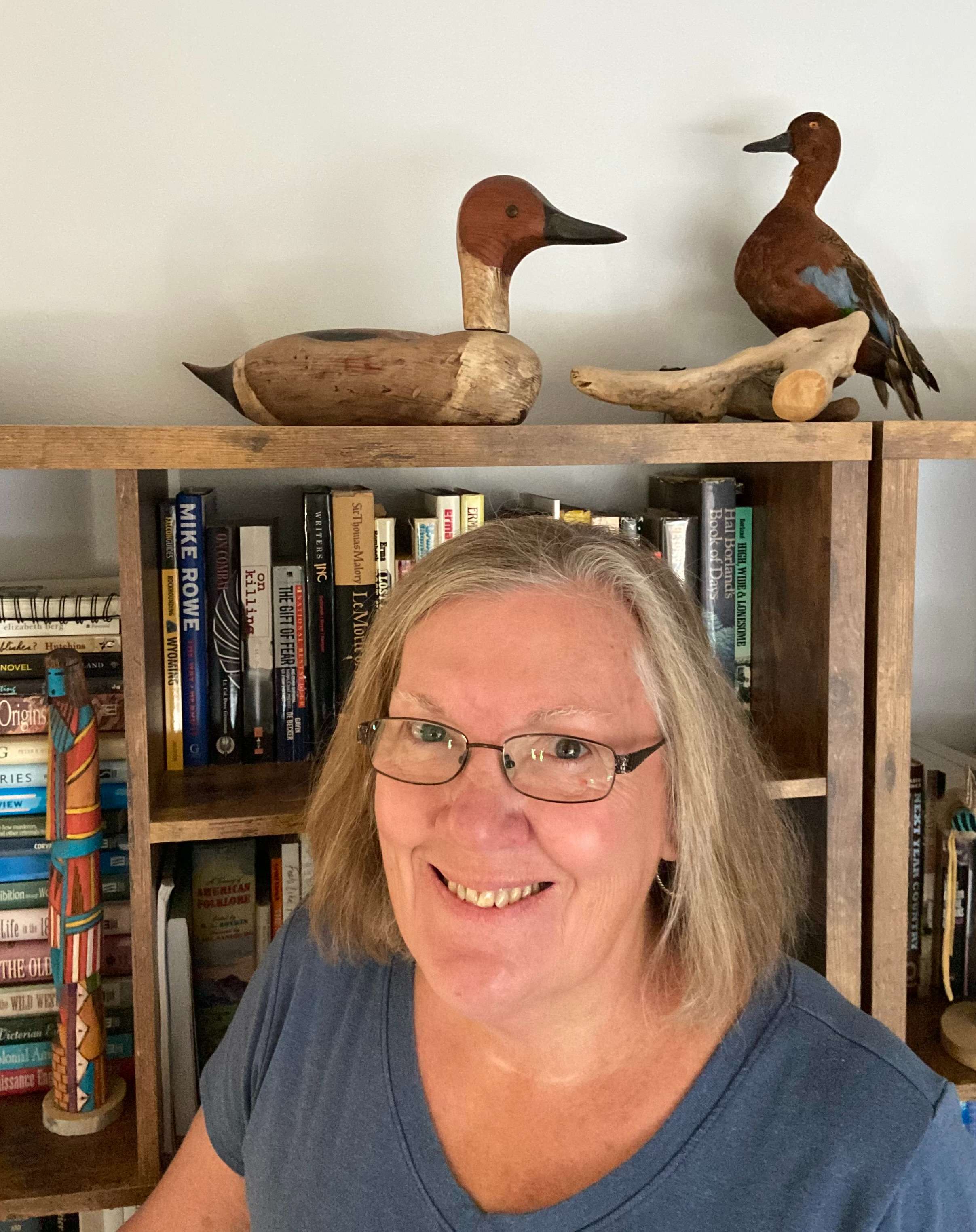
By KAREN MADORIN
Nothing like visiting an old cemetery to connect past with present. On a windy, cold March 19, 2023, sunlight highlighted sere prairie grasses that blanketed Fort Wallace’s hallowed ground as three western history buffs wandered between gravestones. Kansas wind sharpened freezing temps to remind them that life there is harsh as it certainly was for those posted at the edge of the world from 1865 to 1882.
Following the Civil War, Manifest Destiny and the Homestead Act lured the curious and bold to go West. Sioux, Cheyenne, and other native people resented this encroachment on prime hunting grounds. Ingredients for cultural collision burbled and stewed—finally boiling over through the 1860s-70s.

Former Civil War General, William Tecumseh Sherman, later commander of the Military Division of Missouri authorized construction of garrisoned forts to protect those traveling the Smoky Hill Trail. Fort Wallace (1865 -1882) was the western-most outpost. During these conflicts, many soldiers, scouts, and others died. Survivors laid their remains to rest in the post cemetery.
Following the fort’s decommissioning, authorities ordered military burials removed to Fort Leavenworth in 1886. To preserve history, site caretakers designed and posted markers to document names, ages, nationalities, and causes of death of soldiers and their loved ones who died while posted at Ft. Wallace. As a result, their stories live on.
Interrupting the horizontal plane, a tall cenotaph carved from native limestone, now under a protective covering, records names of 7th cavalrymen who died in battle. To the north lie weathered planks detailing names, ages, and origins of soldiers and scouts from other regiments who died during similar conflicts or for other reasons. Many were immigrants, mostly from Ireland. While some passed away fighting, most buried during the 17 years the fort existed died of diseases, including pneumonia, cholera, diphtheria, and intermittent fever. Accidents, drownings, and quarrels filled additional graves.
While wandering the lane between memorials, I tugged on a scarf and gloves to protect chilled ears and fingers. We didn’t know the temp with windchill, but the cold reminded us that life here is extreme. It made it hard to imagine how three soldiers drowned.
Gazing at the Smoky Hill today, it appears a person could walk across. However, research indicates the military dammed it to create a pond south of the fort. Stifling August temperatures might account for a non-swimmer’s unintended demise as he tried to cool down. Perhaps someone crossed itafter a rare torrential rain and found himself swallowed by rising water.
Accidents involving trains and woodcutting ended several lives. Woodcutting risks explain themselves, but train accidents make a person wonder. An engine ran over at least one individual. How’d that happen? Did someone start the train rolling before the guy finished repairing track or did hedrunkenly wander steel rails and fail to pay attention?
Shivering inside my wool jacket, I considered wives who joined husbands at this distant post and buried tiny children here. Disease most commonly took young lives. Over time, this once-military cemetery morphed into a community burial ground. Those killed during the Cheyenne raid on the German family were re-interred here. Merchant Peter Robidoux and his family share a memorial at the cemetery’s north end. Local families continue to lay loved ones to rest here.
This stone garden offers history that touches every sense. If you come on an icy morn, you’ll crunch ice and shiver like earlier occupants did. If you show up on a sizzling August afternoon, you’ll understand why some non-swimming, young Irish immigrant laid his uniform on the banks of the Smoky Hill and waded in for his last dip. As you gaze across endless horizon, you grasp why people fought for this landscape.






